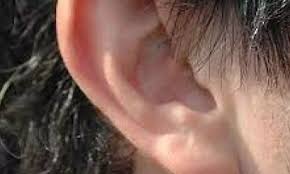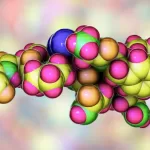A breakthrough study conducted by neuroscientists at Georgetown University Medical Center suggests that an abnormality in a brain structure associated with movement could be a key factor contributing to the developmental language disorder observed in children with attention-deficit/hyperactivity disorder (ADHD) and dyslexia. Published on Friday in the journal Nature Human Behaviour, the findings offer valuable insights that could significantly enhance the diagnosis and treatment of language difficulties in affected children.
The study focused on analyzing the anterior neostriatum within the basal ganglia, a crucial brain region located deep within the brain. Lead author Michael T. Ullman, Professor of neuroscience and director of the Brain and Language Laboratory at Georgetown, revealed that abnormalities were consistently observed in the anterior neostriatum across all studies analyzed, with fewer anomalies detected in other brain regions.
“We hope that by identifying the neural bases of developmental language difficulties, we may help increase awareness of a major, but also rather unrecognized, disorder,” Professor Ullman commented on the significance of the findings.
While highlighting the necessity for further research to elucidate the precise mechanisms through which abnormalities in the anterior neostriatum contribute to language difficulties, Professor Ullman proposed potential treatment avenues. He suggested that medications targeting movement impairments associated with basal ganglia dysfunction, such as those acting on dopamine receptors, could hold promise in ameliorating language impairments in affected children. Moreover, basal ganglia abnormalities could potentially serve as early biomarkers, facilitating timely intervention and therapy.
“Continuing research efforts to further understand the neurobiology of developmental language disorder, especially the role of the basal ganglia, could help the many children who are affected by these problems,” Professor Ullman emphasized the importance of ongoing investigations in this field.
The findings underscore the critical need for comprehensive approaches that integrate neuroscientific insights into the diagnosis and treatment of developmental language disorders in children with ADHD and dyslexia. With further advancements in understanding the neurobiological underpinnings of these conditions, the prospects for improved outcomes and quality of life for affected individuals continue to grow.












